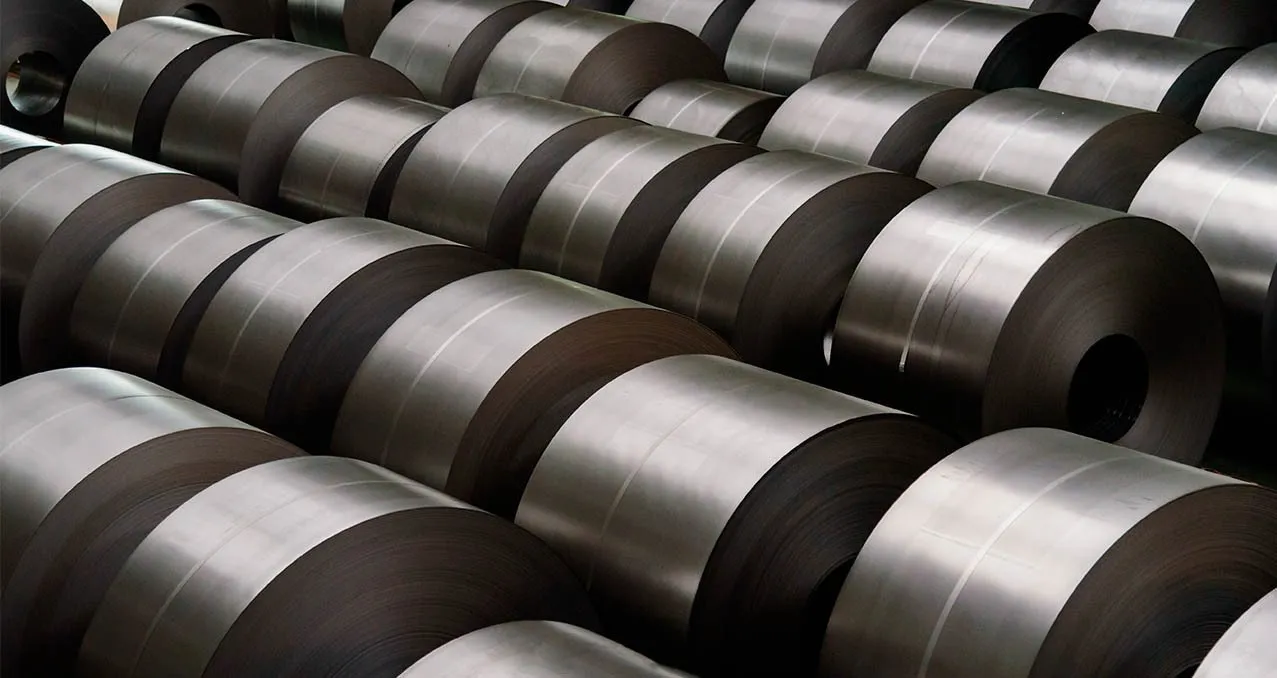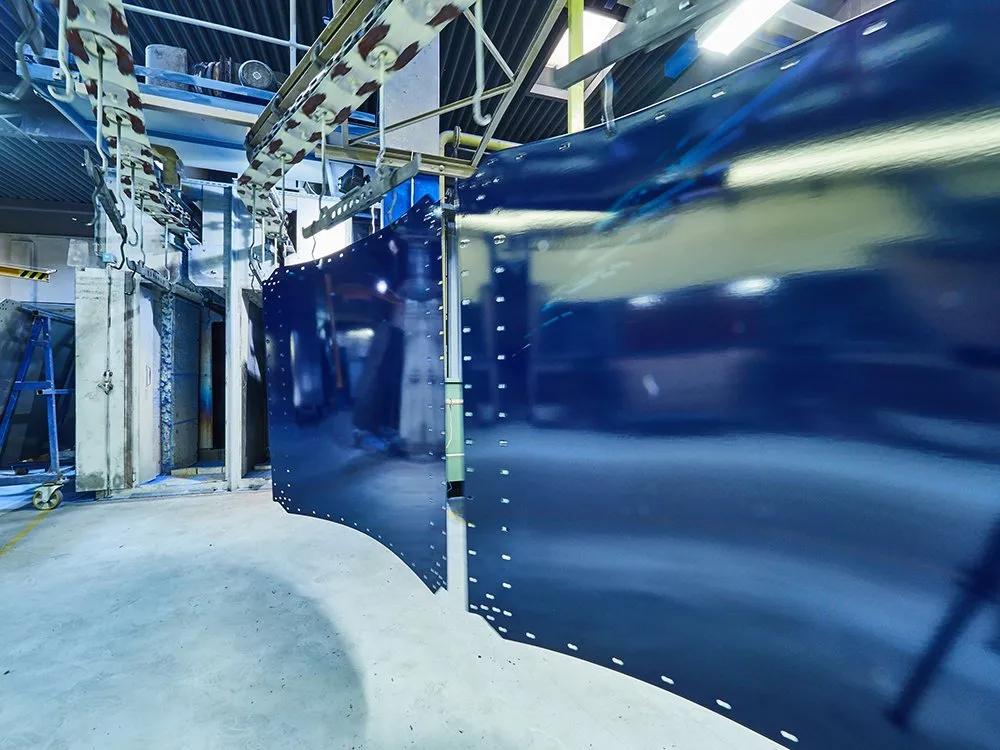
Enameling Steels: Why 3 Types?
ASTM A424 is officially known as the standard specification for steel, sheet, and porcelain enameling. The specification goes on to say “This specification covers standard requirements for sheet steel in coils and cut lengths for porcelain enameling. Heat analysis of Type I, Type II, and Type III steels shall conform to the prescribed chemical composition for carbon, manganese, phosphorus, sulfur, and others. However, an exception is made on carbon, since heat analysis of carbon is not appropriate for Type I. The material shall also conform to the required mechanical properties such as bending and formability”.
So why are there 3 types of enameling steels, and what are the differences between them?
Type 1 Enameling Steel
Is the oldest and most commonly specified type of enameling steel. It is produced through a process called “Open Coil Annealing”, whereby a wire is placed within the wraps of the steel coil prior to the annealing process. The steel then goes through annealing and the wire assists in removing the majority of the carbon. This process requires a special OCA furnace and was commonplace decades ago. In North America alone, there were 4 producers, including AK Steel, Dofasco Steel, Inland Steel, and US Steel. Fast forward to the present state and there are only 2 producers left: Cleveland Cliffs (formerly AK Steel) and US Steel.
Why have 50% of the North American producers shut down their open coil annealing? The answer is related to cost and productivity. The OCA equipment still in production is old; over 60 years old, requiring expensive and regular upkeep. Additionally, because a wire is put inside the coil, the outer diameter of the coil expands dramatically. This leads to smaller coils being able to be run through the line.
This reduction in supply is not just happening in North America. In Europe and Asia, more than a dozen open coil annealing furnaces have been shut down over the past 30 years. At present, there are only 3 producers of OCA Type 1 in Europe and zero in Asia. One alternative that still meets the Type 1 spec but is not made through open coil annealing is being produced by Tata Steel in Europe, whereby the carbon has been removed prior to steelmaking and through additional chemical additives, produces a product of similar quality to traditional open coil annealing furnaces. However, the majority of the mills world-wide have been replacing open coil annealing Type 1 with Type 3.
Type 2 Enameling Steel
Is the “poor man’s” enameling steel. But that doesn’t mean it is inferior. It is produced similarly to regular cold-rolled steel, with carbon levels of .02-.05 (vs. .004-.008 for Types 1 & 3). However, the chemistry is slightly different than regular cold rolled, allowing for enamel to adhere to the steel. For certain applications, primarily where only one side is enameled, Type 2 is an excellent less expensive alternative to Types 1 & 3. However, it cannot be used for all applications (please contact SRJ Steel with questions about usability). Type 2 is produced by a variety of steel mills in both North America and worldwide.

Type 3 Enameling Steel
Just like all industries, technology has helped the steel industry streamline operations, lower costs, and produce a greater variety of steel grades. Type 3 enameling steel is an excellent example of how technology is allowing steel producers to produce an excellent grade of enameling steel without the costs of having an open coil annealing furnace. In order to produce Type 3, a special ultra-low carbon grade of steel is used through the traditional steelmaking process. During that process, the steel goes through a vacuum degassing, adding titanium to complete the manufacturing process. While vacuum degassing and the addition of titanium add to the cost of the steel, most producers feel it is less expensive to produce an alternative to Type 1 producing equally excellent steel for enameling. Type 3 is produced in a similar fashion to regular cold-rolled “EDDS” but has a different chemical composition to allow enamel ability.
Over the last 30 years, the entire steelmaking industry in Asia has switched to this process. In North America, there are at least 5 producers making Type 3 (Cleveland Cliffs, Arcelor Mittal Dofasco, AM/NS Calvert, Severstal, and US Steel. Additionally, there are several producers working on trials as well.
As the availability of Type 1 continues to decrease, yet demand for enameling steel remains strong, it seems obvious why producers are getting on board with Type 3. As a result, many manufacturers have either switched from Type 1 to Type 3 (or in some cases Type 2), or at a minimum have begun approval trials.
SRJ Steel has an extensive history with all three grades and can assist customers in specifying the best Type for their end-use applications.
